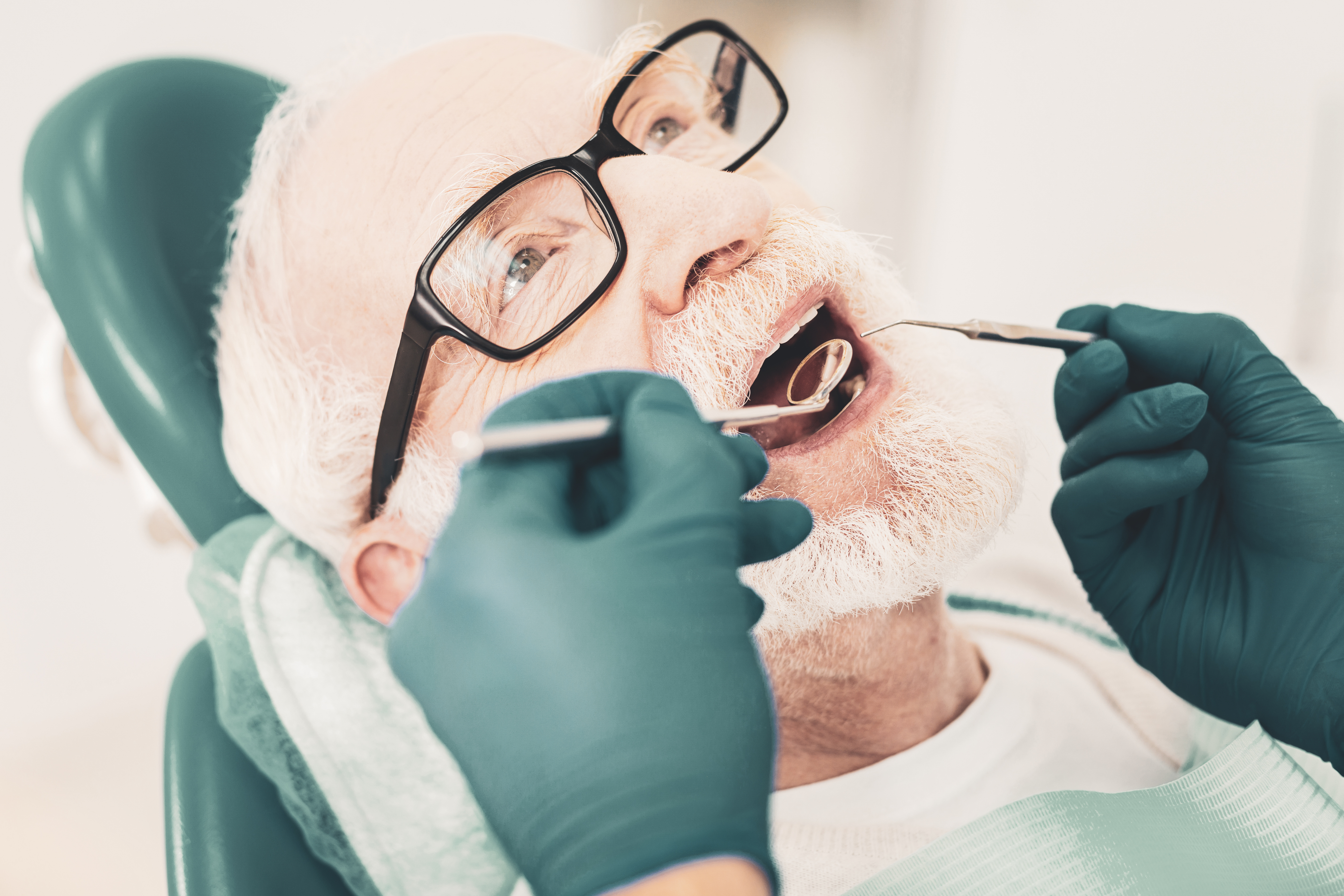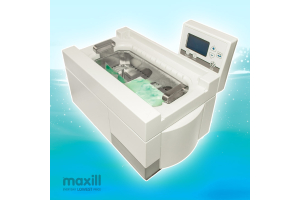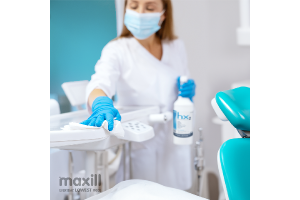Dentistry in the Age of Aging: Implications of Demographic Shifts on Dental Practices

As we transition further into the 21st century, the significant demographic shifts within our population are becoming increasingly pertinent within the field of dentistry. Aging is now a cardinal factor that holds sway not only over oral health outcomes but also over the composition and operation of dental practices themselves. Understanding the dynamics of age as it relates to dentistry – specifically the age gap between dental practice owners, staff, and the patient demographic – is crucial for future-oriented, sustainable practice.
The Graying Population: Impact on Oral Health Care
As the population continues to age, there is a greater need than ever before for comprehensive oral health care for the elderly. Advances in healthcare and lifestyle improvements have led to a significant increase in the global aging population. With age, oral health complications tend to become more complex and multifaceted, with an increased incidence of periodontal disease, tooth loss, oral cancers, xerostomia, and root caries.
Furthermore, an aging population brings with it an increased prevalence of systemic health conditions, such as diabetes and heart disease, which can directly impact oral health. Dental professionals must adapt to these changing dynamics, requiring an elevated understanding of geriatric oral health, a more integrated approach to care, and enhanced communication skills to effectively manage and treat the older adult population.
With better access to general health care improving all the time, patients are living longer overall. That means a higher chance that their dental work will need to be replaced eventually. It will become more and more important to plan treatments according to this newer standard of long life.
Generational Divide: Practice Owners and Staff
Within the confines of dental practices themselves, age plays a significant role. There often exists a generational gap between practice owners – typically more seasoned dentists – and younger staff members, including associate dentists, dental hygienists, and administrative personnel. This divide can result in differences in communication styles, expectations, and perceptions of work culture.
For instance, Baby Boomer owners may value long hours and loyalty, while younger Millennial or Gen Z staff members might prioritize work-life balance, continual learning, and opportunities for growth. Bridging this gap requires open dialogue, mutual respect, and understanding. In this context, the ability to adapt and embrace varying perspectives can result in a more harmonious and productive work environment.
Succession Planning: The Age of Transition
As more dentists approach retirement age, succession planning becomes an increasingly important consideration. For many older dentists, their practice is a significant component of their retirement assets. However, the changing dental landscape, characterized by a growing corporate dentistry model and changing career goals among younger dentists, might present challenges in transitioning the practice smoothly. As such, early and strategic planning becomes essential for a successful transition.
Adapting to an Age-Diverse Future
The aging population, coupled with the generational divide within dental practices, is redefining the landscape of dentistry. By embracing an age-inclusive approach, dental professionals can ensure the delivery of optimal oral health care that caters to the evolving needs of patients while fostering a collaborative, understanding, and dynamic practice environment. As dentists, the ability to understand and adapt to the nuances of these age-related transformations is integral to our sustained success and the continued well-being of our patients.
The Graying Population: Oral Health Challenges Faced by the Elderly
As individuals age, oral health complications become increasingly complicated and impactful. One significant challenge is the progression of periodontal disease, notably affecting gum health and often leading to tooth loss. With age, the vulnerability to periodontal issues amplifies, creating a correlation between aging and the heightened risk of these dental problems.
Another critical concern is the heightened risk of oral cancers among the elderly due to prolonged exposure to various risk factors. Exploring this risk and the complexities associated with diagnosing and treating oral cancers in older individuals can provide deeper insights.
Systemic health conditions like diabetes and heart disease play a pivotal role in impacting oral health among the elderly. These conditions interconnect intricately with dental complications, requiring an exploration of their effects on oral health.
Moreover, the prevalence of root caries among the elderly, attributed to aging-related factors, is a concerning oral health issue. Considering the longer life expectancy of this demographic, it becomes imperative to address how dental treatment planning evolves to accommodate the challenges posed by root caries in the long term for patients.
Enhancing Patient Comfort and Safety for Older Patients
In dental practices, adapting to cater to the comfort and safety needs of older patients is paramount. Practices incorporating comfort-oriented modifications such as ergonomic chairs, softer lighting, and extended appointment times can significantly enhance the experience for elderly patients. Highlighting technology integration, such as digital impressions, or 3D animations of treatment end results, that minimizes treatment duration and discomfort for older individuals, showcases the evolving landscape of patient care.
Ensuring our elderly patients are comfortable while visiting the dentist is key, to ensuring the retention of our elderly clients, including the use of ergonomic dental chairs, or pillows/aids for neck, back and leg support.
Additionally, illustrating patient-centric care through a case study, where a dental practice tailored its services to ensure the comfort and safety of an elderly patient during treatments, underscores the significance of adapting practices to meet the unique needs of this demographic. These adaptations not only improve patient experiences but also contribute to more effective and compassionate dental care for the elderly.
Conclusion
Understanding the evolving landscape of dentistry during significant demographic shifts, particularly the aging population, is pivotal. As oral health complications intensify with age, issues like periodontal disease, oral cancers, systemic conditions' impact, and root caries pose considerable challenges. Adapting to this age-diverse future demands a comprehensive, integrated approach, incorporating a higher understanding of geriatric oral health, adaptive practice modifications, and enhanced communication skills.
Bridging generational gaps within dental practices and strategic succession planning are crucial. By embracing an age-inclusive approach and prioritizing patient comfort through tailored care and technological advancements, dental professionals ensure the delivery of optimal oral health care, fostering a dynamic, collaborative environment essential for sustained success and the continued well-being of elderly patients.







